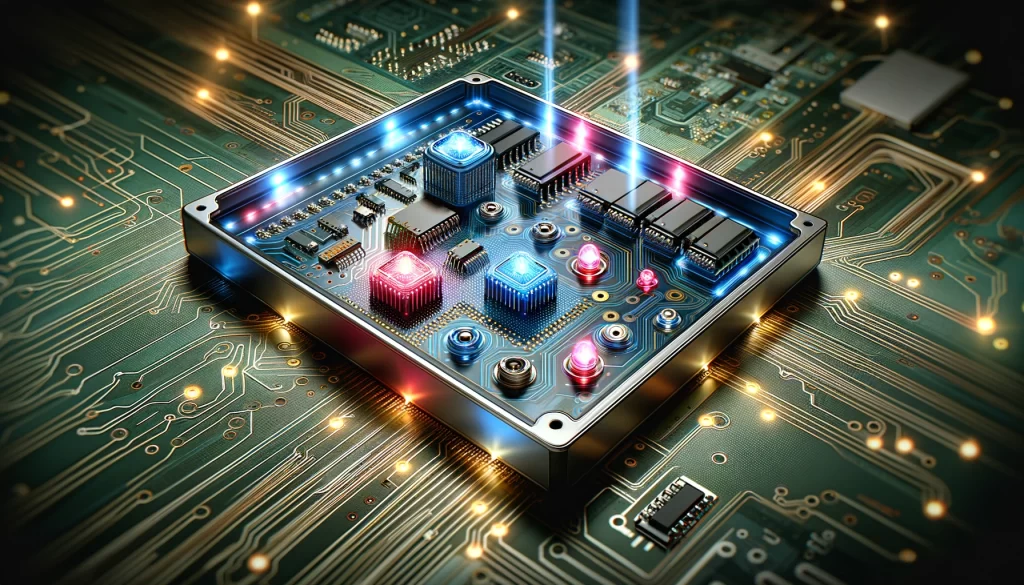Introduction
Hello, tech innovators and design enthusiasts! Today, let’s dive into a topic that’s crucial in the realm of user interfaces yet often flies under the radar – the role of pressure sensitivity in membrane switches. It’s a feature that subtly but significantly enhances user interaction with various devices.
Understanding Pressure Sensitivity in Membrane Switches
What is Pressure Sensitivity?: It’s the ability of a membrane switch to respond to different levels of force applied by the user. This feature allows for more nuanced control and a richer interaction experience.
Why It Matters: In a world where user experience can make or break a product, pressure sensitivity adds a layer of sophistication and functionality to membrane switches, making them more intuitive and responsive.
The Mechanics of Pressure Sensitivity
How It Works: Pressure-sensitive membrane switches often use variations in resistance or capacitance to detect the amount of force applied. This can be achieved through specialized materials and circuit designs.
Design Intricacies: Crafting a pressure-sensitive switch requires precision engineering. It’s about balancing sensitivity with durability and ensuring consistent performance under varying pressure.
Enhancing User Experience with Pressure Sensitivity
Beyond On/Off: Traditional membrane switches offer a simple on/off function. Pressure sensitivity introduces gradations in response, much like the softness or loudness in a piano key.
Applications in Everyday Products: From your smartphone’s keyboard to the touchpad in your car, pressure sensitivity is making interactions more natural and intuitive.
The Impact on Design and Functionality
Design Freedom: Pressure sensitivity allows for sleeker, more minimalist designs. It eliminates the need for multiple buttons, leading to cleaner interfaces.
Improved Functionality: In devices where control precision is key, like medical equipment or industrial controls, pressure sensitivity can enhance accuracy and usability.
Challenges in Integration
Balancing Sensitivity and Practicality: One of the biggest challenges is ensuring that the switches are sensitive enough to detect varying pressures but robust enough to withstand everyday use.
Consistency Across Devices: Achieving consistent pressure sensitivity across all units in mass production can be a complex task, requiring rigorous testing and quality control.
Case Studies: Pressure Sensitivity in Action
Case Study 1: Innovative Gaming Controllers
- Background: A renowned gaming console company aimed to enhance the gaming experience by incorporating pressure-sensitive membrane switches in their new line of controllers.
- Challenge: The goal was to create a controller that could provide gamers with a more immersive experience by offering varying levels of response based on the pressure applied.
- Implementation: The company developed membrane switches with varying resistance levels. The switches were designed to respond differently based on the force exerted by the player, allowing for subtle control variations in-game actions.
- Testing and Refinement: Prototypes underwent rigorous testing with gamers to refine the sensitivity and responsiveness. Feedback focused on ensuring the switches provided a realistic and intuitive gaming experience.
- Outcome: The new controllers were highly acclaimed for their enhanced gameplay experience. Gamers appreciated the nuanced control, which allowed for more precise and varied in-game actions, leading to a more engaging gaming experience. This innovation set a new standard in the gaming industry for controller design.
Case Study 2: Medical Device Breakthroughs
- Background: A medical equipment manufacturer was developing a new surgical device that required extremely precise control mechanisms.
- Challenge: In surgical applications, a slight variation in control pressure can significantly impact outcomes. The manufacturer needed a solution that allowed surgeons to control the device with high precision and responsiveness.
- Solution: Pressure-sensitive membrane switches were integrated into the surgical device. These switches were fine-tuned to detect slight variations in pressure, providing surgeons with accurate control over the device’s movements.
- Testing for Accuracy: The device underwent numerous tests in simulated surgical environments. Surgeons participated in these trials, providing critical feedback on the functionality and responsiveness of the pressure-sensitive controls.
- Outcome: The surgical device equipped with pressure-sensitive membrane switches proved to be a breakthrough in medical technology. Surgeons reported greater control and precision during operations, leading to improved patient outcomes and a decrease in operative time. The device was recognized as a significant advancement in surgical equipment design.
Future Trends and Developments
Advancements in Materials and Technology: The future of pressure sensitivity in membrane switches looks promising, with advancements in materials science and sensor technology.
Expanding Applications: As the technology becomes more refined and accessible, we can expect to see pressure-sensitive membrane switches in a wider array of products, enhancing user interaction across various sectors.
Conclusion
The incorporation of pressure sensitivity in membrane switches is a testament to how small changes can have a big impact on user experience. It’s a blend of art and engineering that transforms the mundane task of pressing a button into a nuanced interaction. As we continue to innovate in this space, the potential for creating more intuitive and responsive products is boundless.




